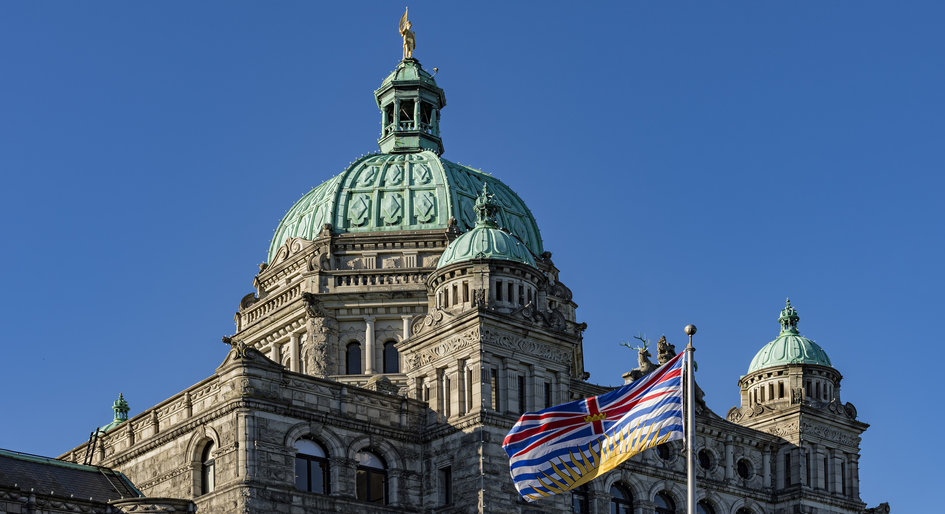The British Columbia government has pledged $679 million to respond to climate change plus an additional $223 million to boost the flow-through tax credit linked to the province’s carbon levy. Actual climate action spending for the 2019-20 fiscal year will amount to $189 million since most of the initiatives outlined in the provincial budget earlier this week are to be rolled out over a three-year period. An additional $37 million will be held as contingencies funding in 2019-20, for programs under development.
Commercial and residential landlords may be able to tap into some of the $10 million set aside for energy efficiency improvements this year. Promised investment in program development could also have an impact on the buildings sector.
“We are reducing climate pollution by shifting homes, vehicles and businesses away from fossil fuels, towards clean electricity and other sources of renewable energy,” Finance Minister Carole James told the legislature as she tabled the budget. “We are building a strong, sustainable low-carbon economy for the future.”
While James terms it “the largest investment in climate action in B.C.’s history”, the commercial building sector’s portion is likely to be modest. Operating funding allocated to improve energy efficiency — $58 million over three years — is to be shared with homeowners and the provincial government’s portfolio of owned and leased buildings.
An additional $26 million in capital funding is earmarked solely for upgrades in provincial buildings. However, the budget document points to spinoff economic benefits. “This investment will create opportunities throughout the province for local businesses, Indigenous peoples, professions and trades to development building retrofit expertise that can be applied in their communities,” it states.
Presumably drawing from the $58-million pot, the strategic plan released in conjunction with the budget promotes three incentives for homeowners: $2,000 for replacement of fossil fuel heating systems with an electric air-source heat pump; up to $1,000 for window and door upgrades; and up to $700 toward a higher-efficiency natural gas furnace. “In addition, we will develop new retrofit financing options to make these upgrades more affordable for people across B.C.,” the document promises.
Following this year’s $10 million outlay to energy efficiency, somewhat more generous allotments are scheduled. Half of the funds — $29 million — will be deployed in fiscal year 2021-22, also coinciding with the next provincial election in October 2021.
Another $3 million over three years has been directed to the development of a net-zero building code and associated standards. Residential property managers or commercial buildings with in-house food services may also see some benefits from the $1 million over three years to be channelled into programs to support organics collection and processing.
Large industry gets the largest allocation. That is $168 million over three years to reward major emitters that excel in reducing carbon output and/or to encourage investment to reduce emissions.
The next biggest chunk of climate action spending — $107 million for transportation — could trickle through to the buildings sector to a minor extent. It provides $5 million to support installation of electric vehicle charging stations in homes and workplaces. Another $6 million over three years is tagged “for projects that help make communities more walkable and that support cycling infrastructure.”










